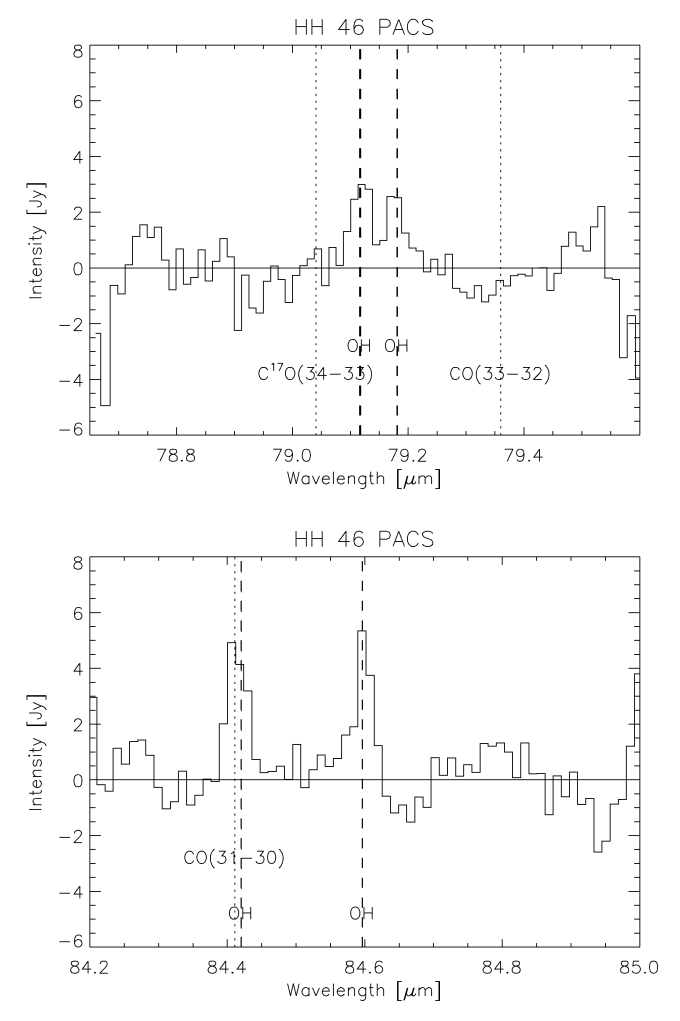| EPoS Contribution |
|
Results of Herschel Hydride Observations
Arnold O. Benz Institute of Astronomy, ETH, Zurich, Switzerland | |
| Diatomic hydrides are a class of molecules that have become easily observable in their major lines with the Herschel Space Observatory. If high-energy photons - such as FUV or X-rays - interact with the molecular gas, hydrides and particularly their ions are greatly enhanced. As the critical densities are relatively high, the dense regions irradiated from the protostar or shocks are expected to light up. Depending on the type of irradiation (FUV or X-rays), different the lines of hydrides and ions are enhanced differently. Herschel observations of low-mass and high-mass objects will be observed in OH, CH, NH, SH, and their ions. First results by PACS find OH lines that are greatly enhanced above the flux modeled by spherical models without irradiation, demonstrating that hydrides are tracers of the geometry and/or high-energy irradiation. The comparison to high-density tracers with less dependence on irradiation, such as H2O shows marked differences in spatial distribution of the molecules. We will show further observations by HIFI (if available) and comparison with predicted values from chemical modeling and radiative transfer including geometrical effects. | |
 | |
| Caption: Herschel/PACS observations of OH lines of low-mass class I object HH-46. The short wavelength Lambda-doublets of OH are clearly visible, but not the CO lines originating at lower critical density. | |
| Collaborators: A. O. Benz, ETH Zurich, Switzerland S. Bruderer,ETH Zurich, Switzerland S. Wampfler, ETH Zurich, Switzerland C. Dedes, ETH Zurich, Switzerland |
Suggested Session:
Cores and Collapse, Herschel |

